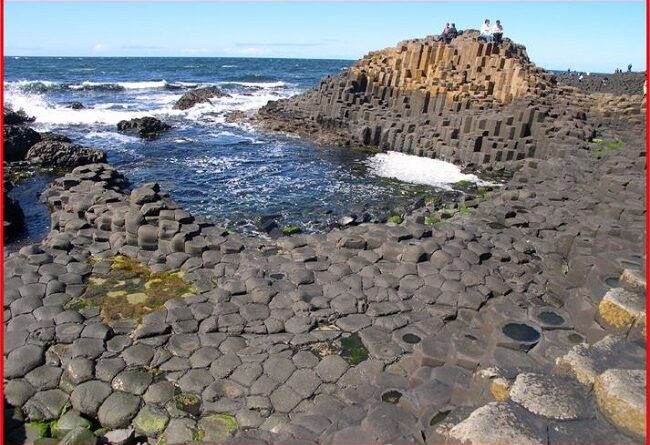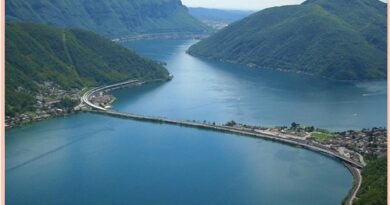The Giant Causeway-Basaltic flow of Tertiary, Take a traverse around the place.
The Majesty and mystery of the Giants Causeway in Northern Ireland make its wonderful location in the heart of Europe’s most magnificent coastlines the Atlantic Ocean. The 40,000 basalt stone columns left by volcanic eruptions inspire Geo-tourist and Geoscientists from the Geological point of view. The place reveals the mystery and stories of this amazing place and offers a unique glimpse into the wonder of Giant’s Causeway.

Geological studies of these formations over the last 300 years have greatly contributed to the development of the earth sciences, and show that this striking landscape was caused by volcanic activity during the Tertiary, some 50–60 million years ago.
In 1986 UNESCO declared it a World Heritage Site, of its geological importance, is home to a wealth of history and legend. There are 40,000 basalt pillars, each with 5 to 7 irregular sides. This process is like the mud cracks seen when mud dries after heavy rains.

The giant Causeway is Northern Ireland’s most popular tourist attraction. A world-class visitor center, aimed at improving both the visitor experience and ensuring the integration of the center within the landscape in order to maintain the property’s outstanding scenic beauty. The World Heritage properties and their surroundings are Managed under the spatial planning system through a hierarchy of regional and local policies and plans.
The facilities at the Causeway Centre now include Tourist Information offices, Bureau De Change, Accommodation Booking Service, an Interpretive Audio-Visual Presentation, and a Souvenir Shop. The National Trust is the custodian of the Causeway and provides the National Trust Shop.

Formation of Giant Causeway-
The Giants Causeway columns formed 50-60 million years ago when lava repeatedly flowed and cooled as it came into contact with the sea. The pillars are polygonal-shaped due to the cooling of the layers of lava and the atomic structure and natural fracturing of basalt. The Giant’s Causeway lies at the foot of the basalt cliffs along the sea coast on the edge of the Antrim plateau in Northern Ireland.
The dramatic sight has inspired legends of giants striding over the sea to Scotland. These curious geological exposures and polygonal columnar formations provide ‘a classic locality for the study of basaltic volcanism. The features of the Giant’s Causeway and strata exposed in the cliff also provide an excellent location for the understanding of the sequences of activity in the Earth’s geological history.



